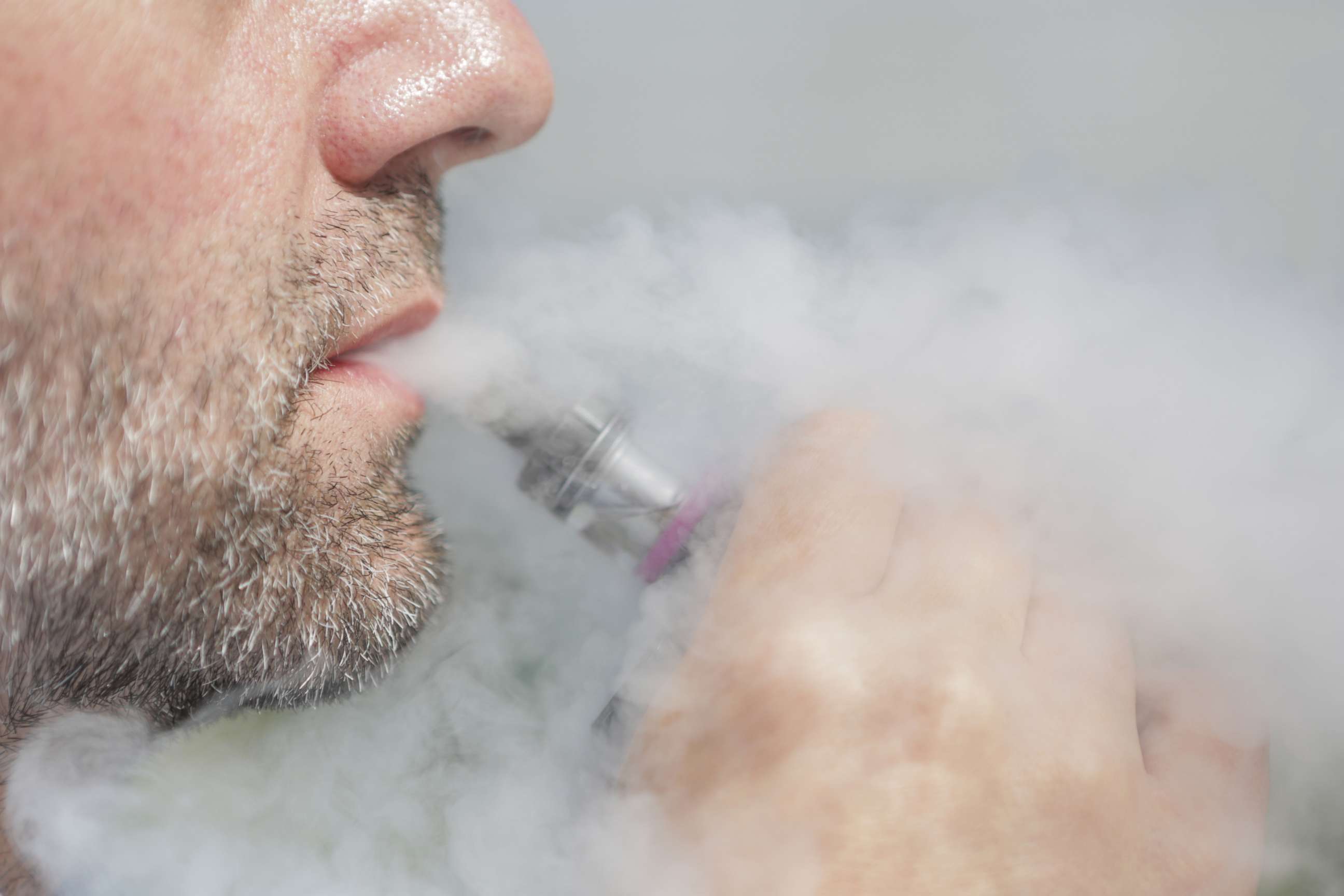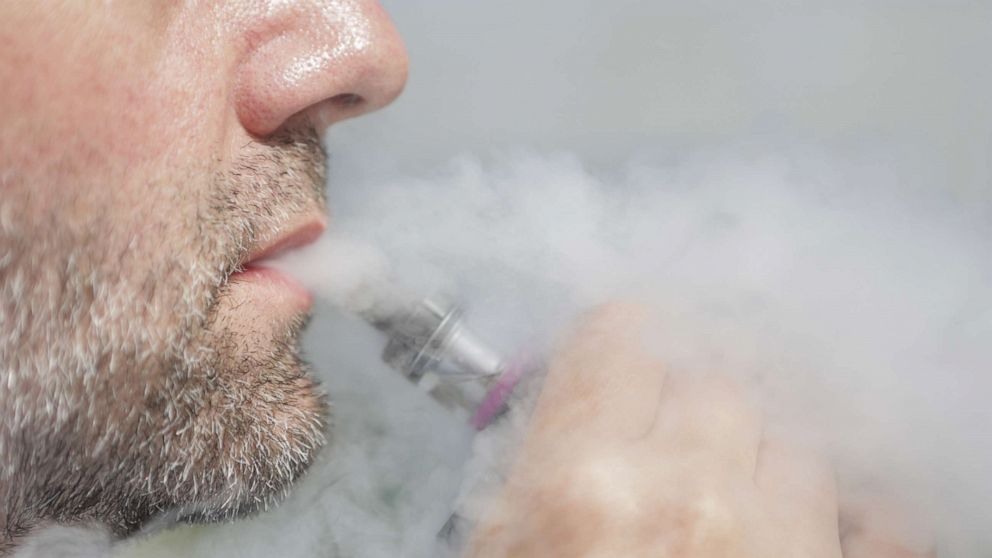E-cigarette use among teens increases 21% over previous year, study finds
About 2.55 million middle and high schoolers in the United States reported using e-cigarettes, an increase of 21.5% from those who reported using those products last year, a new federal study shows.
The study, published Thursday by the Centers for Disease Control and Prevention and the U.S. Food and Drug Administration, asked adolescents if they had used e-cigarettes in the last 30 days.
In total, 9.4% of respondents said they were current users, including 14.1% of high school students and 3.3% of middle school students.
"Adolescent e-cigarette use in the United States remains at concerning levels and poses a serious public health risk to our nation's youth," said Dr. Brian King, director of the FDA's Center for Tobacco Products, in a statement.

Researchers analyzed data from the National Youth Tobacco Survey, a school-based web survey, administered between Jan.18, 2022 and May 31, 2022.
The results showed that among students who reported use, 42.3% were frequent users, including 46% of high school students and 20.8% of middle school students.
Additionally, more than one in four of those who reported use -- or 27.6% -- reported daily use.
When it came to types of devices used, 55.3% said they used disposables followed by 25.2% who used pre-filled ore refillable pods or cartridges and 6.7% who used tanks or mod systems.
The overwhelming majority of youth e-cigarette users, 84.9%, used flavored products, meaning other than tobacco.
The most commonly used flavor was fruit followed by candy, desserts, or other sweets; mint; and menthol.
Puff Bar was the most reported brand used by students the past 30 days. Rounding out the top five were Vuse, Juul, SMOK and NJOY.
According to the CDC, e-cigarettes have been the most commonly used tobacco product among American middle and high schoolers since 2014.
Nicotine exposure from e-cigarettes can hinder brain development in adolescents and young adults, which can continue into the mid-20s, the CDC says, and can also increase risk of addition to other drugs.
The CDC also says e-cigarettes can contain heavy metals and cancer-causing chemicals that can damage the lungs.
Politicians and anti-tobacco advocates have accused e-cigarette companies of using flavors and sleek designs to market vaping to U.S. children and teenagers.
"This study shows that our nation's youth continue to be enticed and hooked by an expanding variety of e-cigarette brands delivering flavored nicotine," Dr. Deirdre Lawrence Kittner, director of the CDC's Office on Smoking and Health, said in a statement. "Our work is far from over. It's critical that we work together to prevent youth from starting to use any tobacco product -- including e-cigarettes -- and help all youth who do use them, to quit."




